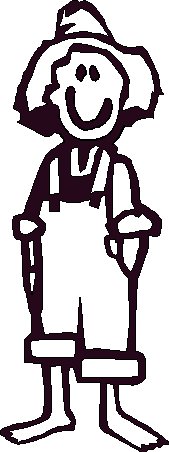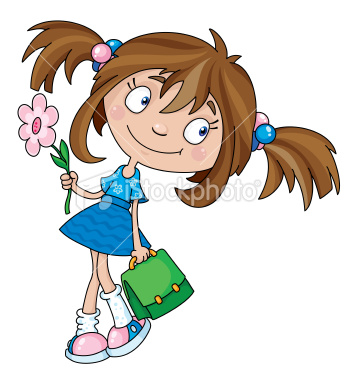Communicate in English – Ask questions/Answer them
Personal Introduction
What is your name?
My name is Susan.
How old are you?
I am eleven years old.
In which class do you study?
I study in Class six.
What is the name of your School?
The name of my school is Aim Academy.
What is the name of your class teacher?
The name of my class teacher is Mrs. Mary Bell.
What is the name of your school Principal?
The name of my school Principal is Mr. Henry James.
What is your father’s name?
My father’s name is William.
What is your father?
My father is a doctor. (an engineer, a banker, a teacher, a businessman, a lawyer, a police officer, a film producer/director etc.)
What is your mother’s name?
My mother’s name is Emma.
What is your mother?
My mother is a homemaker. (a housewife, a teacher, a journalist, a television anchor/news reader/actor etc.)
How many brothers and sisters do you have?
I have an elder brother and a younger sister. (I don’t have any brother or sister. /I have no brother or sister.)
Do you love your family?
Yes, I love my family very much.
Whom do you admire more- your father or your mother?
I admire both of them equally. My father cares for the sick whole heartedly. He works very hard to give us a good life. And my mother is a perfect homemaker. She looks after all our needs and works tirelessly to give us a warm and comfortable home.





